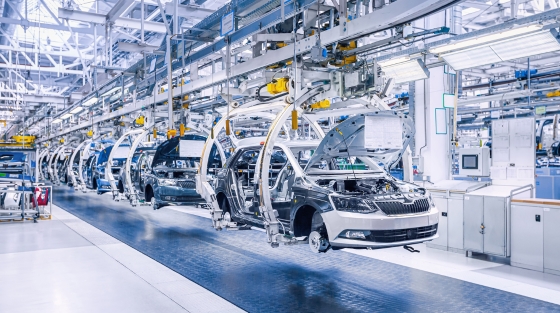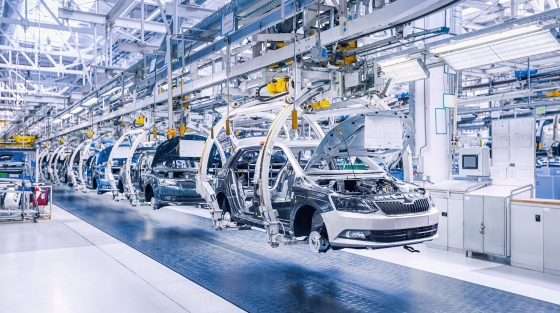
Continuous manufacturing is a popular manufacturing approach that involves the continuous production of a product without interruption. It is a highly efficient manufacturing process that can help businesses to reduce costs, increase productivity and improve product quality. However, there are also challenges associated with continuous manufacturing that businesses need to be aware of. In this blog, we will explore the benefits and challenges of continuous manufacturing.
Benefits of Continuous Manufacturing
Increased Efficiency and Productivity
Continuous manufacturing is highly efficient and can help businesses to increase productivity. The process involves a continuous flow of materials and products, which reduces the need for downtime between production runs. This means that businesses can produce more products in less time, resulting in increased productivity and reduced costs.
Continuous manufacturing also helps to reduce waste and improve resource utilization. By optimizing the production process, businesses can minimize material waste and reduce energy consumption, resulting in a more sustainable manufacturing process.
Improved Product Quality
Continuous manufacturing can also help businesses to improve product quality. The process is highly automated, which reduces the risk of errors and defects. Continuous monitoring and quality control measures can be implemented to ensure that the final product meets the required quality standards.
Improved Supply Chain Management
Continuous manufacturing can also help businesses to improve their supply chain management. By optimizing the production process, businesses can reduce lead times, improve inventory management and minimize the risk of supply chain disruptions. This can help businesses to improve their overall efficiency and reduce costs.
Challenges of Continuous Manufacturing
High Initial Investment
Continuous manufacturing requires a significant initial investment in equipment, infrastructure, and automation technology. This can be a significant barrier to entry for many businesses, particularly small startups or businesses with limited financial resources.
Complexity of the Process
Continuous manufacturing is a complex process that requires a high level of expertise and knowledge. The process involves the continuous flow of materials and products, which requires careful planning and coordination to ensure that the production process runs smoothly.
Maintenance and Upkeep
Continuous manufacturing equipment requires regular maintenance and upkeep to ensure that it operates at peak efficiency. This can be time-consuming and costly, particularly for businesses with limited resources.
Risk of Equipment Failure
Continuous manufacturing equipment is highly specialized and can be prone to failure. Equipment failures can cause production downtime, resulting in lost productivity and increased costs. To mitigate this risk, businesses need to have contingency plans in place to address equipment failures quickly.
Conclusion
Continuous manufacturing is a highly efficient manufacturing approach that offers numerous benefits for businesses. By optimizing the production process, businesses can increase productivity, improve product quality and reduce costs. However, there are also challenges associated with continuous manufacturing, including the high initial investment, complexity of the process, maintenance and upkeep, and the risk of equipment failure. Businesses need to carefully consider these factors before implementing continuous manufacturing and ensure that they have the necessary expertise and resources to manage the process effectively. By doing so, businesses can reap the benefits of continuous manufacturing and remain competitive in today’s market.










